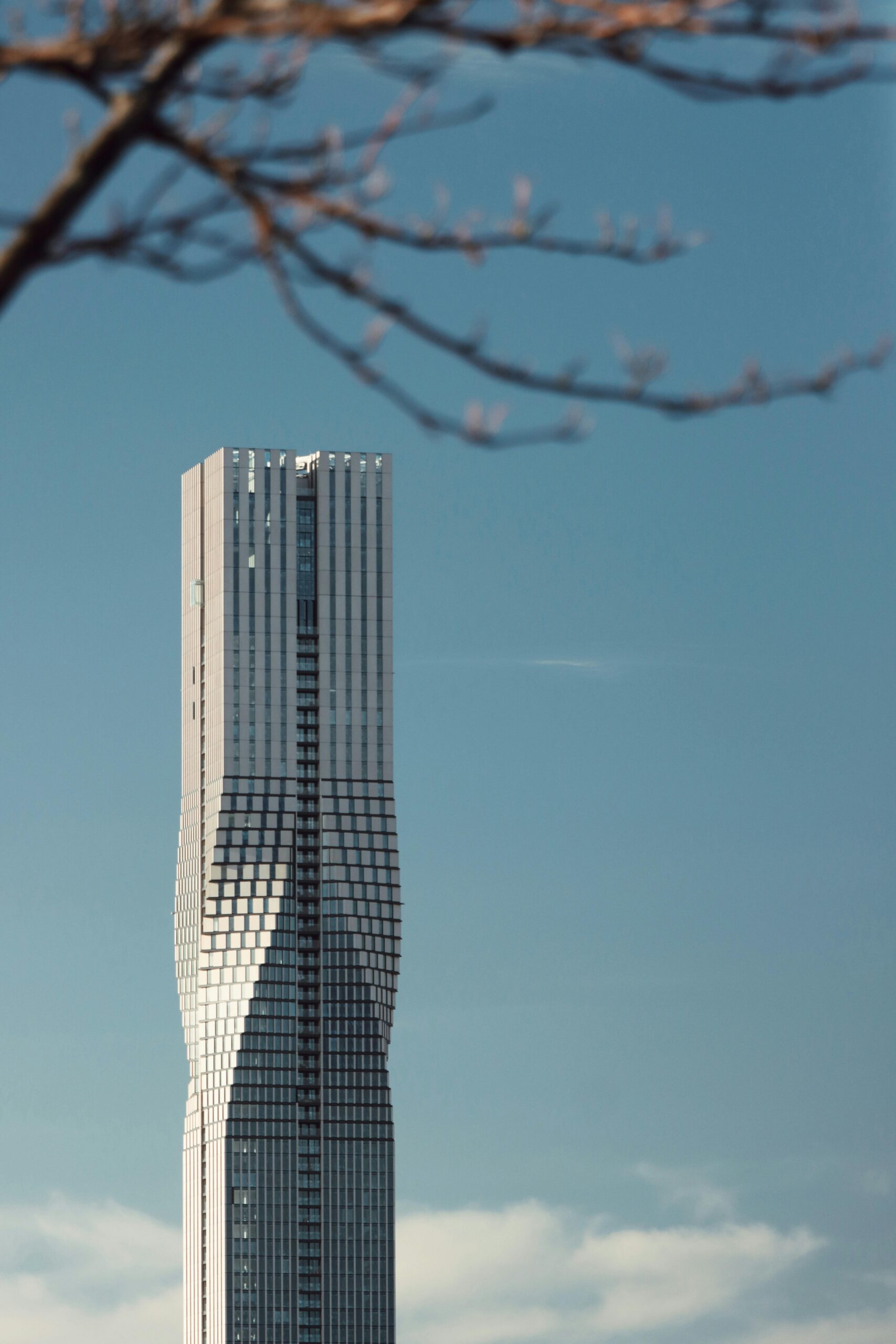Gothenburg, Sweden’s second-largest city, is undergoing a transformative urban development that blends architectural innovation with sustainability. The recent completion of Karlatornet, a 74-story skyscraper standing at 246 meters, marks a significant milestone as the tallest building in Scandinavia and the European Union’s highest residential structure. This development is a cornerstone of the city’s ambitious Älvstaden regeneration plan, aiming to double Gothenburg’s city center size by 2050.
A New Urban Landmark
Karlatornet, located in the emerging district of Karlastaden, offers 611 apartments with prices ranging from €330,000 to €6.2 million. Residents enjoy luxurious amenities, including a gym, 24-hour reception, and a rentable cinema room. The tower’s design emphasizes modern living while integrating sustainable features that align with Gothenburg’s environmental goals.
Sustainable Urban Expansion
The Älvstaden regeneration plan is a €75-€100 billion initiative focused on sustainable urban expansion. By 2050, the project aims to add 25,000 new apartments and 50,000 workspaces, effectively doubling the city center’s size. Central to this vision is the creation of a dynamic, accessible city that prioritizes environmental sustainability and enhanced living conditions.
Balancing Modernity and Heritage
While Karlatornet symbolizes progress, it has sparked discussions about preserving Gothenburg’s historic charm. Critics express concerns that rapid modernization may lead to elitism and a loss of character. However, supporters argue that such developments are essential for economic growth and sustainability. The city’s commitment to being climate-neutral by 2030 underscores its dedication to integrating modern architecture with environmental responsibility.
Global Implications
Gothenburg’s approach serves as a model for cities worldwide grappling with urbanization and sustainability challenges. By investing in vertical expansion and comprehensive urban planning, the city demonstrates how to accommodate population growth while minimizing environmental impact. The emphasis on mixed-use developments fosters vibrant communities and reduces the need for extensive commuting, contributing to lower carbon emissions.
Karlatornet’s completion marks a significant step in Gothenburg’s urban evolution, reflecting a broader trend of cities embracing vertical growth to promote sustainability. As urban areas continue to expand, the balance between modernization and heritage preservation remains crucial. Gothenburg’s experience offers valuable insights into how cities can navigate this balance, ensuring that development enhances both the environment and the quality of urban life.
References:
- Financial Times: Gothenburg reaches for the skies
